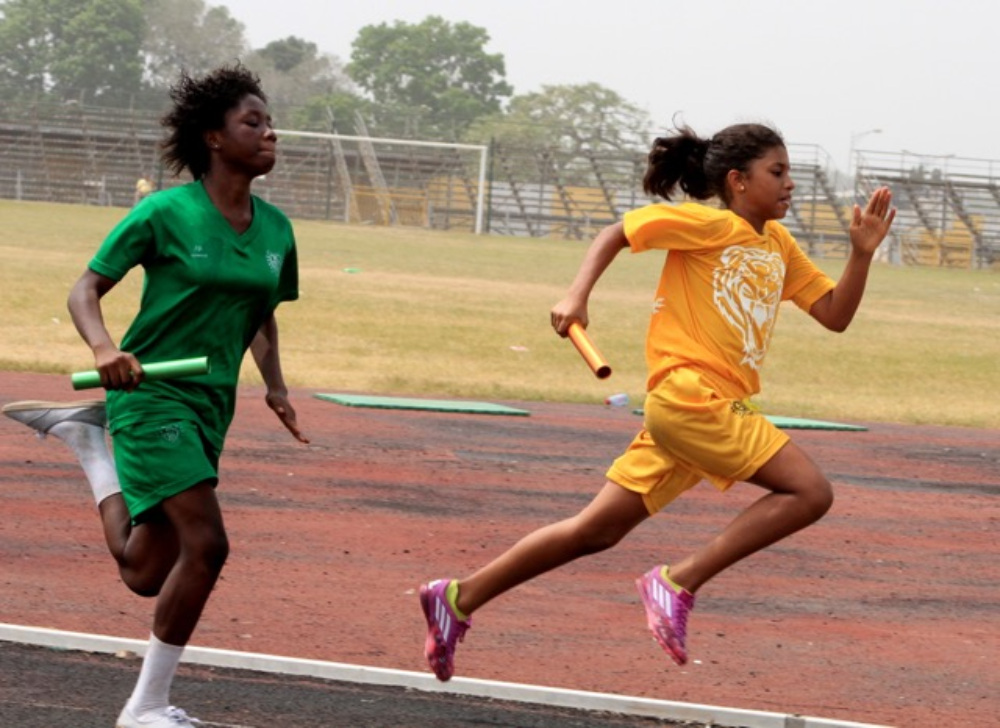Do you require any assistance? Simply reserve your appointment online below
TROCHANTERIC BURSITIS
Quality care for pain relief
Bursitis is inflammation of the bursa. Bursae, are small, jelly-like sacs that are located throughout the body, including around the shoulder, elbow, hip, knee, and heel. They contain a small amount of fluid, and are positioned between bones and soft tissues, acting as cushions to help reduce friction. Inflammation of this bursa is called trochanteric bursitis.
The other bursa is the iliopsoas bursa, it is located on the inside the hip. When this bursa becomes inflamed, the condition is also sometimes referred to as hip bursitis, but the pain is located in the groin area. This condition is not as common as trochanteric bursitis, but is treated in a similar manner. Because the bursa is located at the part of the hip called the greater trochanter, other common terms for hip bursitis are Trochanteric Bursitis and Greater Trochanter Pain Syndrome.

Causes of trochanteric bursitis

Trochanteric bursitis is common in people involved in sports such as football which involve a lot of running. This can lead to overuse and irritation of the bursa causing inflammation.
Bursitis may sometimes result from an injury or fall to the hip or after a surgical procedure of the hip.Spine disease, rheumatoid arthritis and leg length inequality increases the risk for developing hip bursitis.
Bone spurs or calcium deposits can develop within the tendons that attach muscles to the trochanter. They can irritate the bursa and cause inflammation.
Diagnosing Trochanteric Bursitis
To diagnose hip bursitis, the doctor will perform a comprehensive physical examination, looking for tenderness and pain in the area of the point of the hip.
Other tests include an x-ray to check for any bone spurs that could be causing irritation of the bursa.
An MRI is also recommended, it provides a detailed view of the soft tissue and detect abnormalities such as a swollen bursa or damaged tendon.

Management and treatment of Trochanteric Bursitis

Treatment goals include reducing pain and inflammation, preserving mobility, and preventing disability and recurrence.
Rest is advised and activities causing the bursitis pain are restricted. Anti-inflammatory medications are prescribed to reduce the inflammation and pain. Physical therapy and treatments with heat, ice sometimes are recommended.
An injection of corticosteroid medicine may be administered to reduce the inflammation. Sometimes a second injection is necessary if the pain returns after a few months. These nonsurgical treatments provide relief from hip bursitis in the majority of cases.
Surgery is rarely needed to treat trochanteric bursitis. There are the typical surgeries for alleviating chronic hip / trochanteric bursitis.
Bursectomy. An incision is made at the hip and the affected bursa is removed. This is done to lower the risk of complications and shortening the heal.
Tendon repair. When hip bursitis is caused by problems with the iliotibial band or other tendons, a surgical correction may be made. A tendon(s) may be repaired and reattached to the greater trochanter, if necessary.
Iliotibial band release. Iliotibial band release involves lengthening the band to reduce friction.
Osteotomy of the greater trochanter.A surgeon will shave off 5-10 mm of the protruding greater trochanter bone in order to reduce the friction and stress that caused the hip pain.

You are in Great Hands
How do you prevent trochanteric bursitis?
Most cases of bursitis are caused by overuse, therefore, the best treatment is prevention. It is important to avoid or modify the activities that cause the problem. Underlying conditions such as leg length differences, improper posture, or poor technique in sports or work must be corrected.
When performing activities, use limited force and limited repetitions, avoid repetitive activities that put stress on the hips, lose weight if you need to, get a properly fitting shoe insert for leg length differences and maintain strength and flexibility of the hip muscles.
Hear From Some of Our Patients
Testimonial Text Goes here
Testimonial Text Goes here

